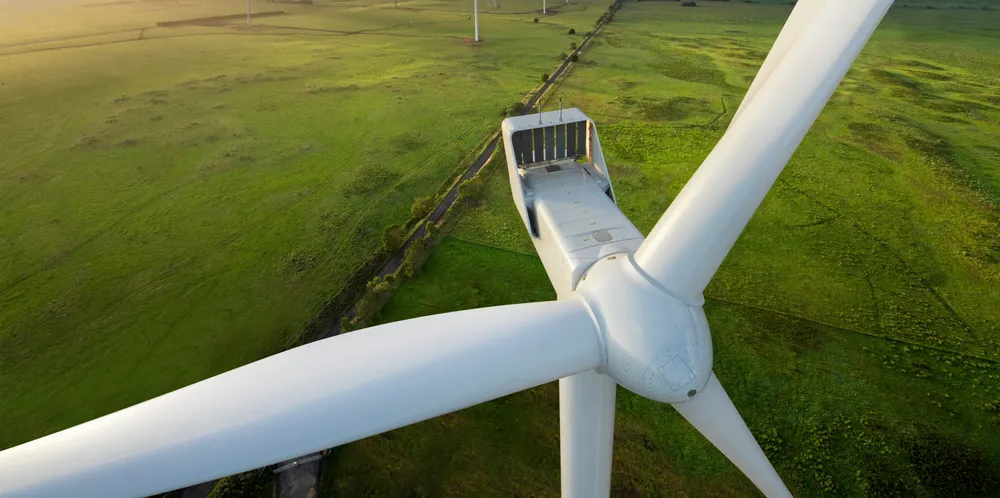'Near-virgin quality fibres': breakthrough blade recycling process gets Aker backing
Technique developed at Scotland's University of Strathclyde could be circular economic win for processing multi-hundred-thousand-tonne GRP yearly waste stream

An innovative technique that promises to recycle scrapped wind turbine blades into “near-virgin quality” glass fibres for re-use is being pioneered by Norway’s Aker Horizons and the University of Strathclyde, in Scotland.
The method, which combines a thermal recovery process to break down the glass-reinforced polymer (GRP) composites used in blades with post-treatment of glass fibres, could be transformative for the global wind industry, where, by the university’s calculations, there is going to be an increase of yearly blade waste from around 400,000 tonnes in 2030 to around 2 million tonnes by mid-century.
“Sustainability is about making business decisions that add value to our company, our stakeholders and society,” said Astrid Skarheim Onsum, CEO of Aker Horizons-owned Aker Offshore Wind, which is collaborating on the project.
“Industrial waste is a challenge in most industries, and by teaming up with the University of Strathclyde we have an opportunity to further develop a novel solution to a growing issue and apply it at scale across our segment and beyond.”
Liu Yang, head of the University of Strathclyde’s advanced composites group, said: “This is a challenge not only for the wind power industry, but for all industries reliant on GRP materials in their production and manufacturing.
“Retaining and redeploying the embodied energy in the fibres is essential as we move to a more circular economy.”
GRP is recognised as a “hard-to-break-down” material pollutant, with nearly all thermoset scrap material generated in the UK and Europe heading for landfill or energy from waste.
The process developed at the University of Strathclyde has been shown in the lab to turn composite waste into re-usable material that at industrial scale could meet some 50% of global glass fibre demand that today comes from from sectors including automobile manufacturing, maritime, oil & gas, construction and sporting goods.
(Copyright)